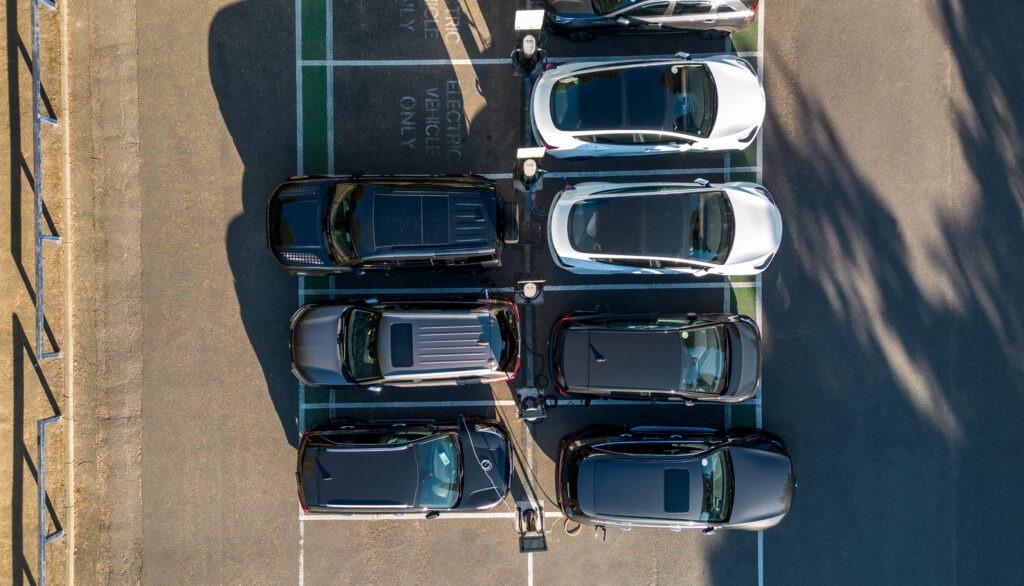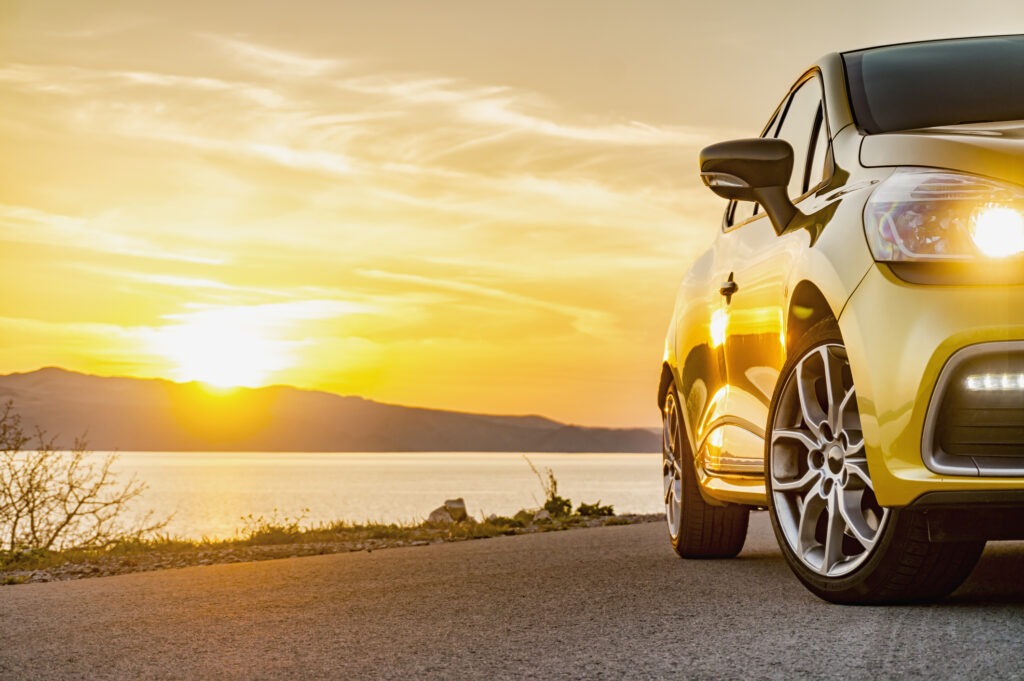How are UK battery-electric vehicle residual values developing?
16 February 2023

Jayson Whittington, head of valuations at Glass’s (part of Autovista Group), discusses the development of battery-electric vehicle (BEV) residual values (RVs) in the UK.
The UK’s used-car market returned to seasonal norms in January, with an uptick in demand. Although the month began slowly, wholesale activity ramped up as the month progressed. The Glass’s valuation team observed auction conversion rates approaching 80%, something not seen regularly throughout 2022.
Demand was strong across most fuel types in January except for BEVs. It appears there has been a sharp increase in used BEV volumes according to Autovista Group’s Monthly Market Update for January. The active-market volume index, which monitors the volume of retail cars on sale, shows a rise of 41.7% compared to December 2022. Compared to January 2022, there has been a staggering increase of 700%.
It should come as no surprise that significantly more BEVs are entering wholesale channels. The following chart shows the growth of BEV registrations over the past few years. The rise has been rapid and coincides with attractive benefit-in-kind taxation rates that have encouraged many company-car drivers to make the switch to electric.
Despite the much-discussed component shortages that led to severe new-car production delays, BEV registrations increased again last year. Manufacturers continue to prioritise the production of their electrified models as it helps them meet strict and potentially costly emissions targets.
Rapid rise continues
The used-car wholesale market has started to see a large volume of BEVs that were registered in late 2019 and 2020, de-fleeting from lease contracts. In 2020, BEV registrations increased by around 186% compared to the prior year. This rapid rise has continued, meaning there is the potential for BEV RVs to come under additional pressure should demand for used examples fail to keep pace with supply.
As a result of the recent volume uplift, the RV performance of BEVs already suffered in January. The final quarter of 2022 was also poor and as a result, values have fallen sharply in recent weeks. The average value of a three-year-old BEV in January sat at 59% of the original cost-new price, a fall of 6.6% compared to December.
BEV values were reasonably high throughout 2022, as can be seen in the following chart, which shows the average value of a three-year-old car since 2020. BEVs benefited from a spike in interest from retail consumers and businesses looking to avoid waiting up to a year for a new model. Values began rising significantly, although they have been on a steady upward trajectory since February 2021.

Although BEV values are potentially facing a correction, they are only narrowly behind the average when expressed as a percentage of the original price. At three years of age, values are 4.9% higher than in January last year.
Consequential consumer confidence
Looking ahead to 2023, the UK’s economic outlook is a factor of concern when considering how RVs will develop in general. It seems certain that consumer confidence will be affected by the continuing cost-of-living crisis and the Bank of England's recent 0.5% rise in interest rates. This puts the rate at 4%, which will be an unwelcome development for many.
However, March this year sees the third anniversary of the beginning of COVID-19 lockdowns in the UK, which signalled the start of major new-car registration disruption, together with serious supply constraints. In 2020 alone, around 680,000 fewer cars were registered than in pre-pandemic 2019. The knock-on effect on the used-car market this year will be even fewer models entering wholesale channels at the end of three-year contracts.
Glass’s expects that while demand could be affected by falling consumer confidence, used-car constraints are likely to result in a fairly balanced supply and demand dynamic, with values being somewhat protected as a result. That said, used-car prices remain at a high level as the average value of a three-year-old car increased by around 30% in 2021 and only fell back 2.5% in 2022. Glass’s expects the average value of a three-year-old car to drop around 5% in 2023, which will still see prices remaining relatively high. However, BEV values are expected to fall by more.



